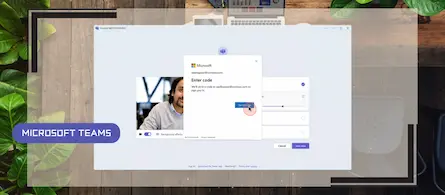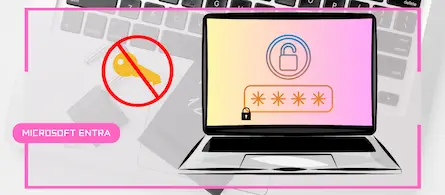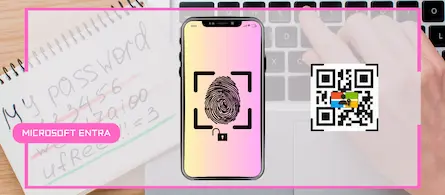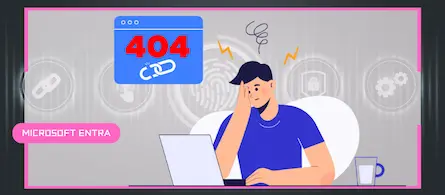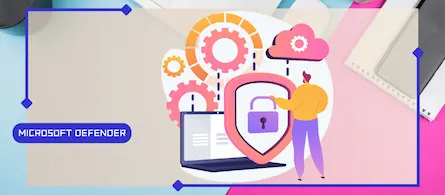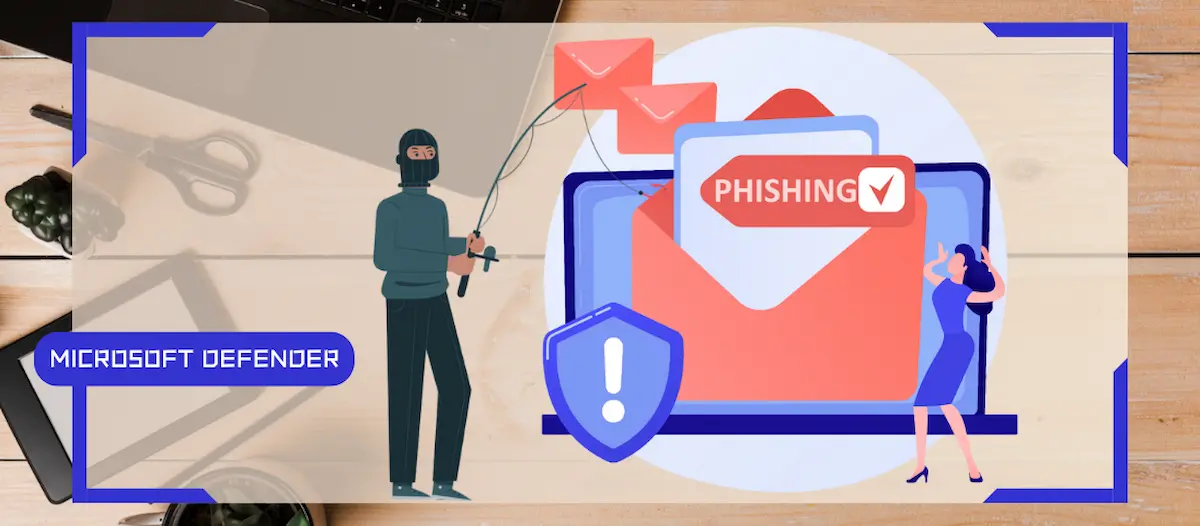
New security approach for non-compliant emails
- Maxime Hiez
- Defender
- 07 Apr, 2025
Introduction
Microsoft has announced a major update to Defender for Office 365 that strengthens email security by improving the handling of non-RFC compliant emails. This initiative is part of Microsoft’s ongoing commitment to protecting users from malicious activities such as phishing, impersonation, and evasion techniques used by attackers.
Understanding non-RFC compliant emails
Request for Comments (RFC) documents published by the Internet Engineering Task Force (IETF) define standards for Internet protocols, including email formatting and transmission. Emails that do not adhere to these standards are considered non-RFC compliant. Attackers often exploit these non-compliant formats to bypass security filters, making it difficult to detect and block malicious emails.
Changes in Microsoft Defender for Office 365
Microsoft Defender for Office 365 is improving its detection mechanisms to better identify and manage non-compliant emails. Users may now see safety tips or warnings in their Outlook clients when they receive messages from non-compliant addresses. These tips are designed to raise awareness and encourage users to exercise caution when interacting with such emails.

Examples of non compliant emails
Here are some examples of non compliant emails and the associated issues :
- From: Admin\x0000 <evil@domain.com> : Invalid characters in the display name
- From: \“fax@\” <domain.com fax@domain.com> : Space in the email address
- From: =?UTF-8?B?VU9CQ29tascGxpYW5jZUBzdWNjZXNzZmFjdG9ycy5jb20=?=, John Doe <john.doe@domain.com> : Email in the display name field and an empty actual email field
- From: sender1@domain.com <sender1@kmsrc.domain.com> : Display name containing @ without quotes
- From: John Doe <abc@@domain.com> : Double @ in email address
- From: jane.ch@ <domain.com jane.ch@ domain.com> : Invalid email address in brackets and @ in display name without quotes
Impact and objectives
The ultimate goal of these changes is to ensure a more secure email environment by reducing the risk of phishing attacks, impersonation, and exploitation of non-compliant email formats. Microsoft plans to strengthen these measures over time, which may include blocking or rejecting non-compliant emails.
Email address validation by Exchange Online Protection
Exchange Online Protection (EOP) and Outlook.com require incoming messages to include a compliant From address to prevent phishing attacks. This validation helps ensure that emails come from legitimate, standards-compliant sources.
Conclusion
The Microsoft Defender for Office 365 update to handle non-RFC compliant emails represents a significant step forward in the fight against malicious activity. By improving detection and raising user awareness, Microsoft is strengthening the security of email communications and protecting organizations from potential threats.
Sources
Microsoft Learn - Exchange Online Protection
RFC 5321 - Simple Mail Transfer Protocol
RFC 5322 - Internet Message Format
Did you enjoy this post ? If you have any questions, comments or suggestions, please feel free to send me a message from the contact form.
Don’t forget to follow us and share this post.
